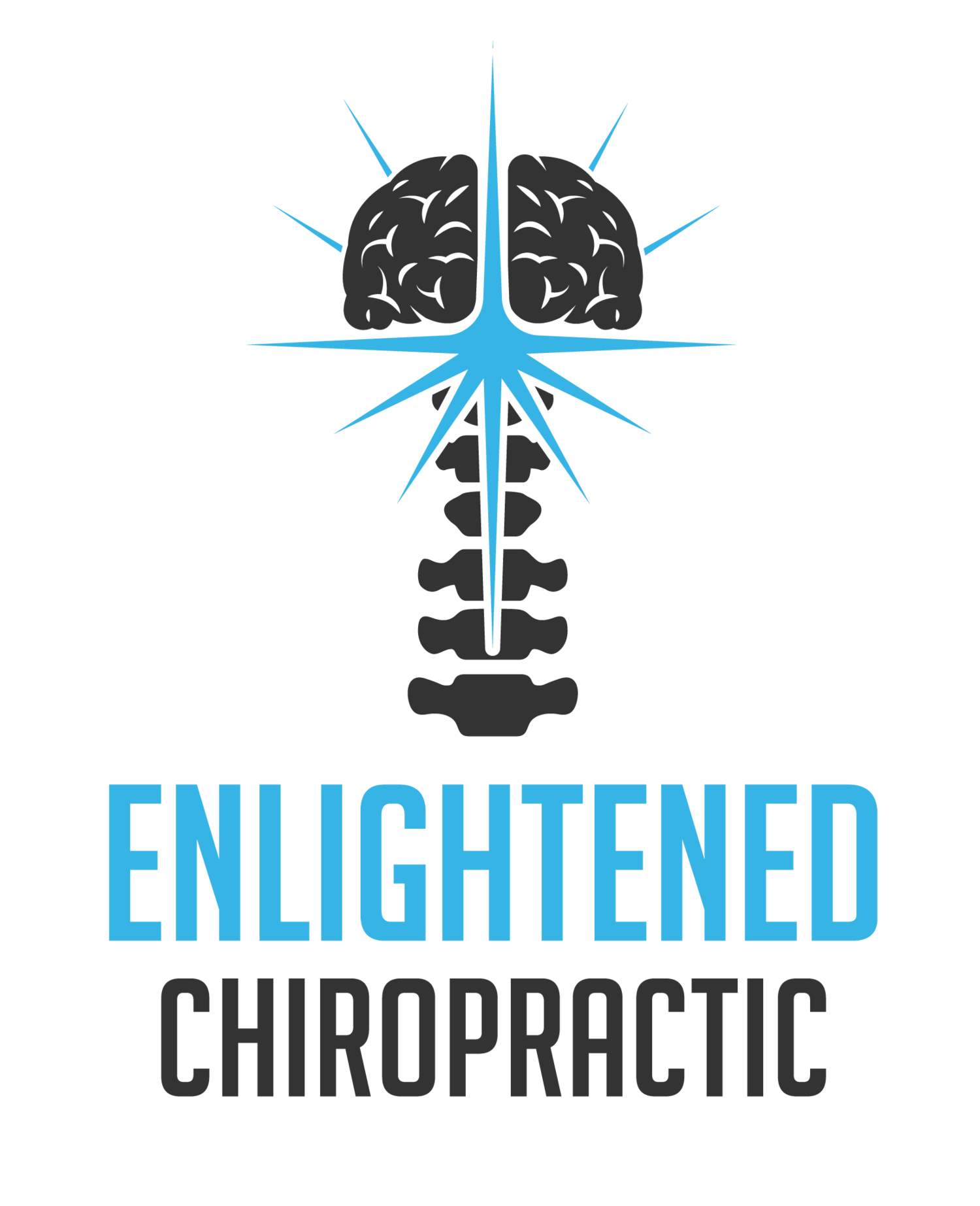Back problems are among the most prevalent health concerns today, impacting a vast number of individuals around the globe. But what really lies at the core of these debilitating issues? Rather than merely focusing on the surface-level symptoms or temporary fixes, it is vital to examine the root cause of back problems to find a comprehensive solution.
1. The Nervous System Connection
The nervous system is the intricate network that connects your entire body. When there’s a misalignment in the spine, it can disrupt this delicate communication system, leading to dysfunction and pain. Specialized chiropractic care using instruments like the integrator can gently correct these misalignments, restoring proper communication within the body. Regular check-ups and attention to spinal health can act as both preventative care and maintenance, ensuring ongoing health and alignment.
2. Structural Misalignments
Structural misalignments in the spine are a common cause of back problems and can be attributed to various factors. Accidents such as falls or car crashes can lead to sudden misalignments. Long-term poor posture, such as slouching at a desk or constantly looking down at a phone, can gradually shift vertebrae out of place. Even congenital issues, where a person is born with an abnormal spinal curvature, can contribute.

These misalignments can cause symptoms ranging from localized pain to reduced mobility and even organ dysfunction if nerves become compressed. Through targeted treatment using chiropractic adjustments, professionals can realign the spine. This not only relieves pressure on affected nerves but also helps the body return to its optimal functioning state, making it crucial to understand and appropriately manage this underlying issue.
3. Muscular Imbalances
Muscular imbalances around the spine can lead to back problems by causing strain, chronic pain, and a heightened risk of injury. These imbalances may stem from a lack of exercise, overuse of specific muscles, or injuries. Properly addressing these imbalances through a combination of strength training, stretching, and guided physical therapy can enhance spinal function, alleviate discomfort, and minimize the likelihood of further issues, emphasizing the importance of balanced muscular support for overall back health.
4. Lifestyle Factors
Our daily habits have a substantial impact on our back’s health. Sedentary behavior and prolonged sitting can lead to stiffness and pain, while inflammation from a poor diet can exacerbate back problems. Regular movement, ergonomic work environments, and a balanced diet rich in anti-inflammatory foods can mitigate these issues, offering a proactive approach to back care.
5. Emotional Factors
The mind-body connection is significant, and emotional stress can manifest as physical pain in the back. Anxiety and depression can lead to muscle tension and spasms. If unaddressed, these emotional issues can become chronic, leading to persistent back problems. Mindfulness practices, therapy, and stress management techniques can alleviate these underlying emotional factors, contributing to overall back health.
Conclusion: A Holistic Approach
Back problems are not merely a result of a single factor. By adopting a gentle, specific, and holistic approach that focuses on the underlying nervous system, structural alignments, muscular balance, lifestyle, and emotional factors, individuals can address the root issue of their back problems.
Like the experts at Enlightened Chiropractic, recognizing that back problems are not always just about “cracking or snapping a bone back into place” and understanding the intricacies of the body’s neurology can lead to more effective and lasting solutions.
By treating the root cause rather than just putting a layer on top of the problem, patients can achieve genuine healing and enjoy a more active, pain-free life




